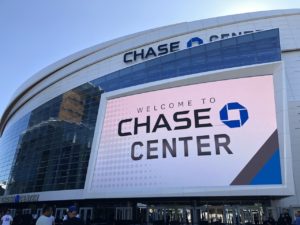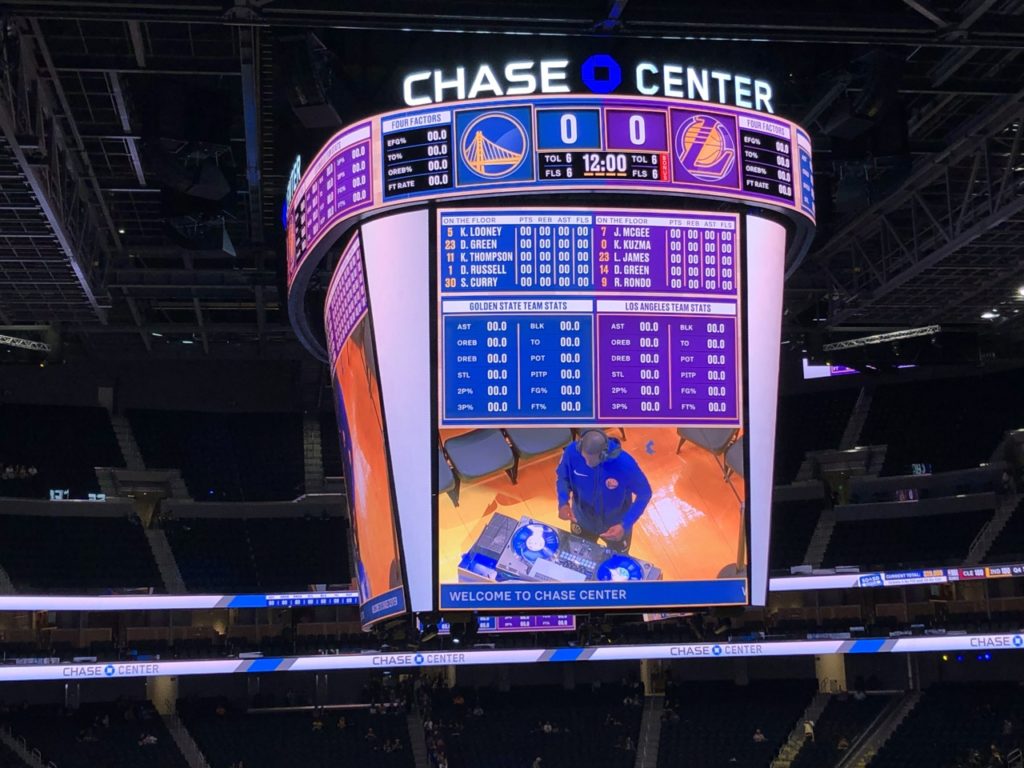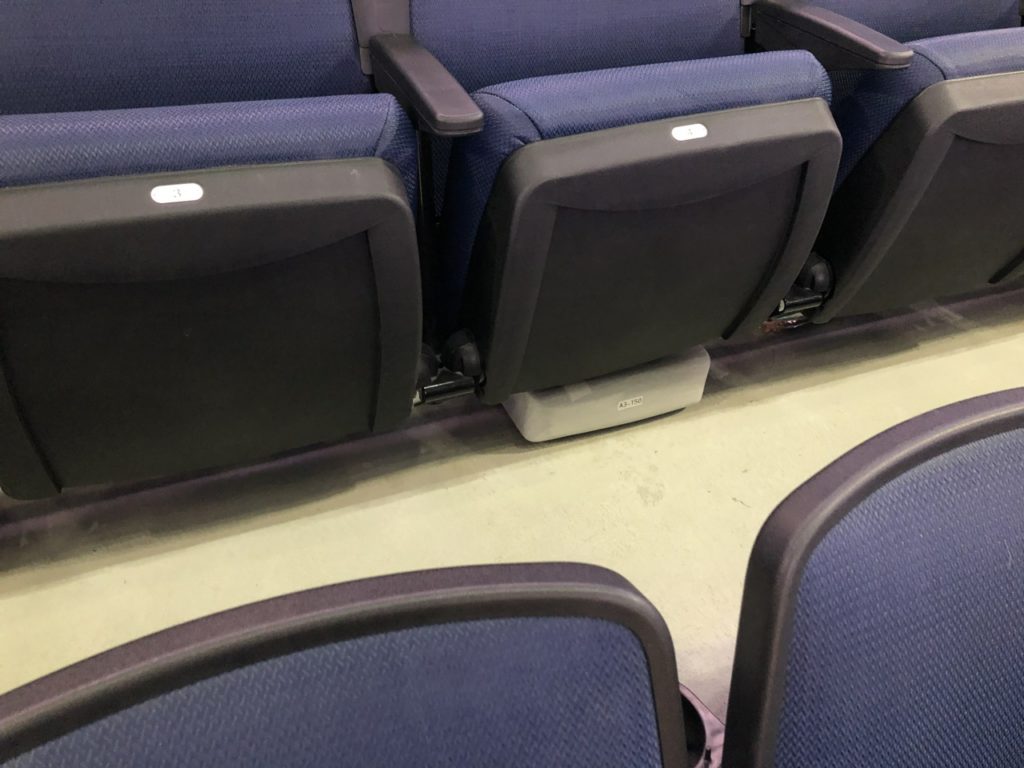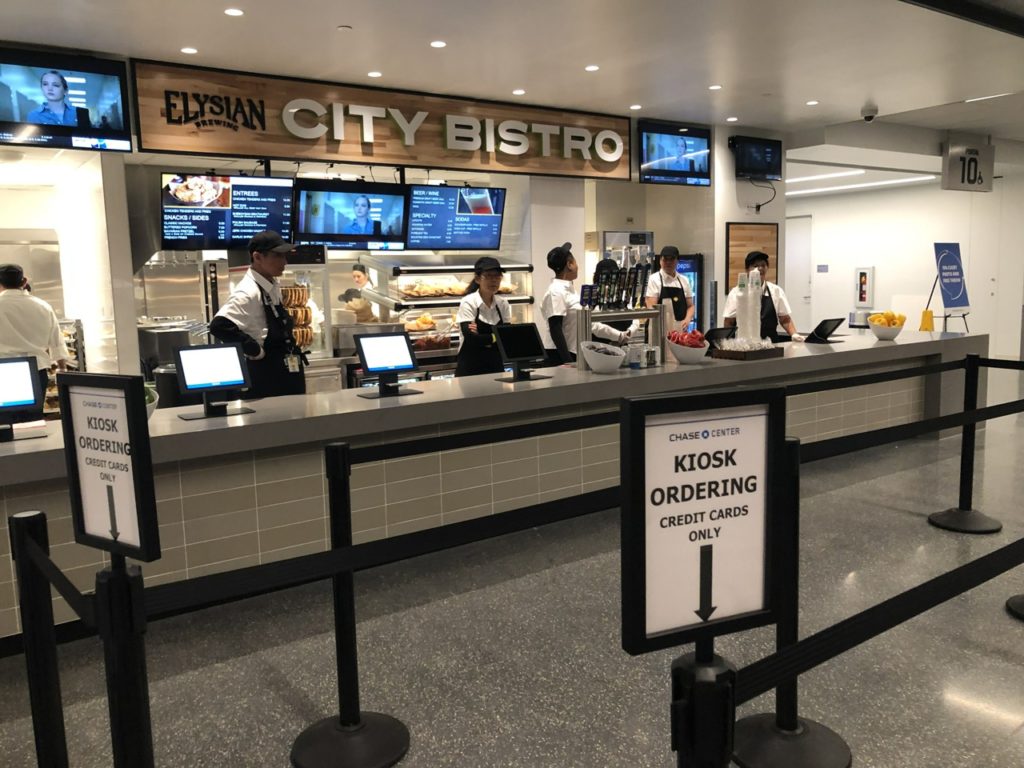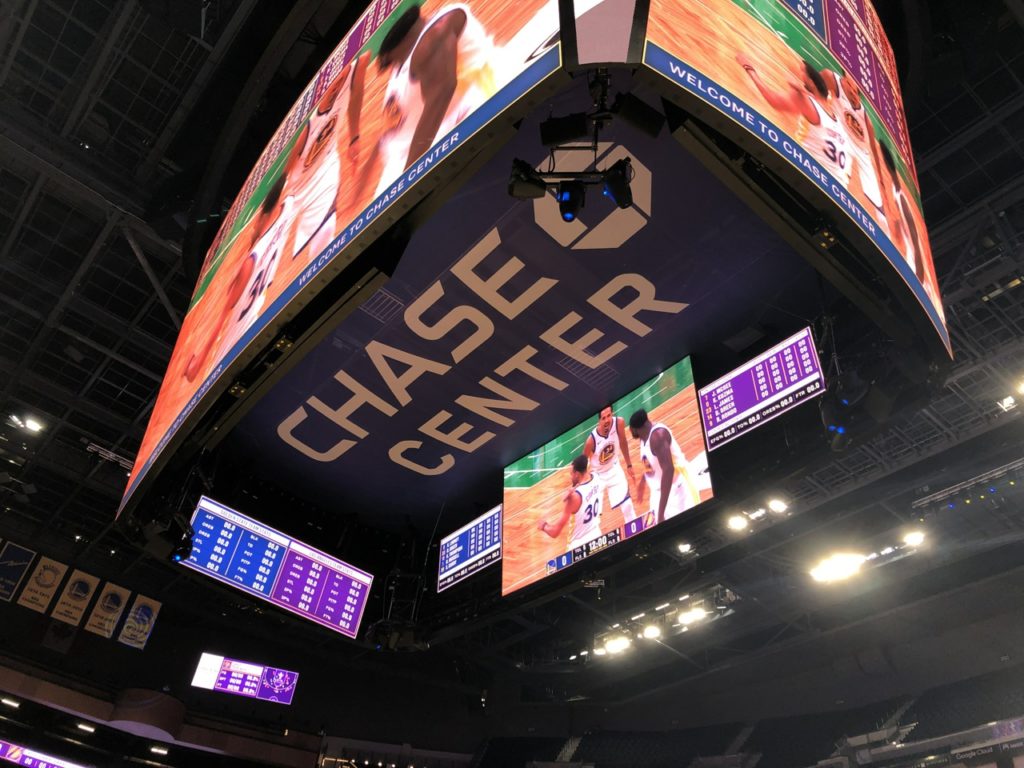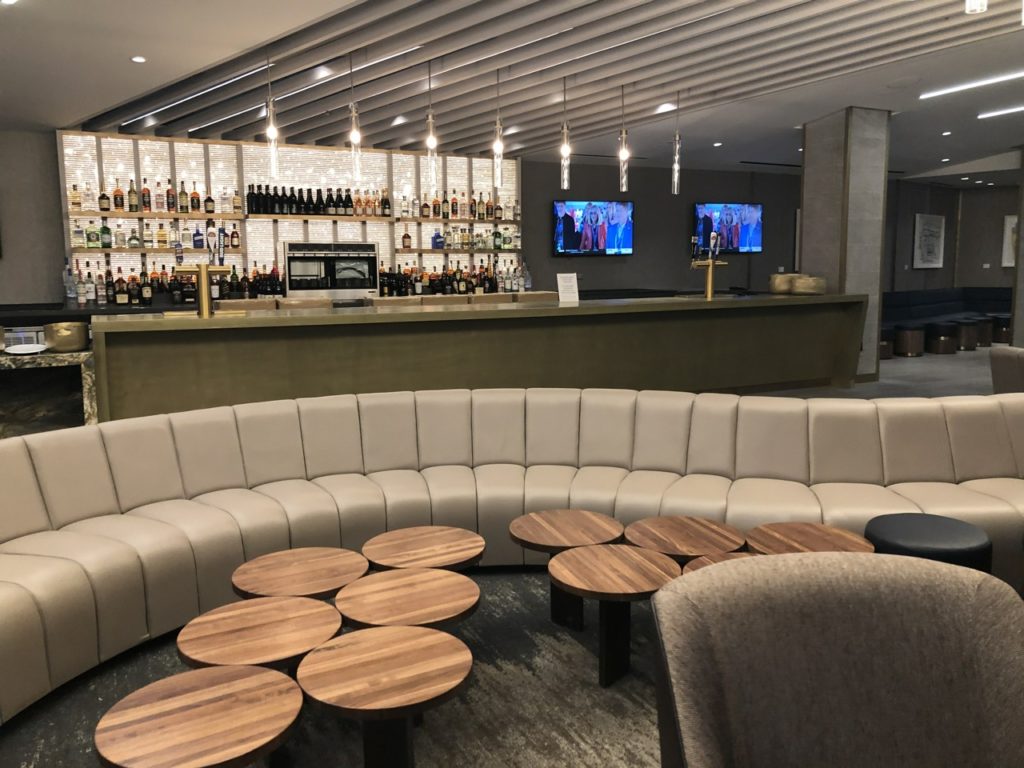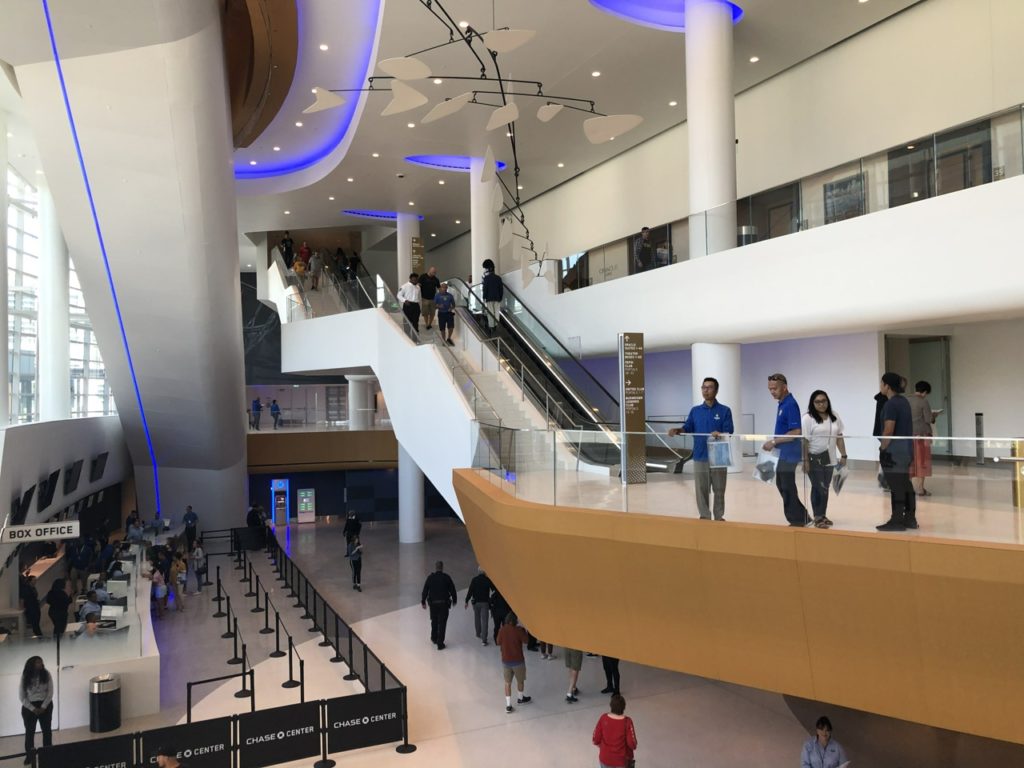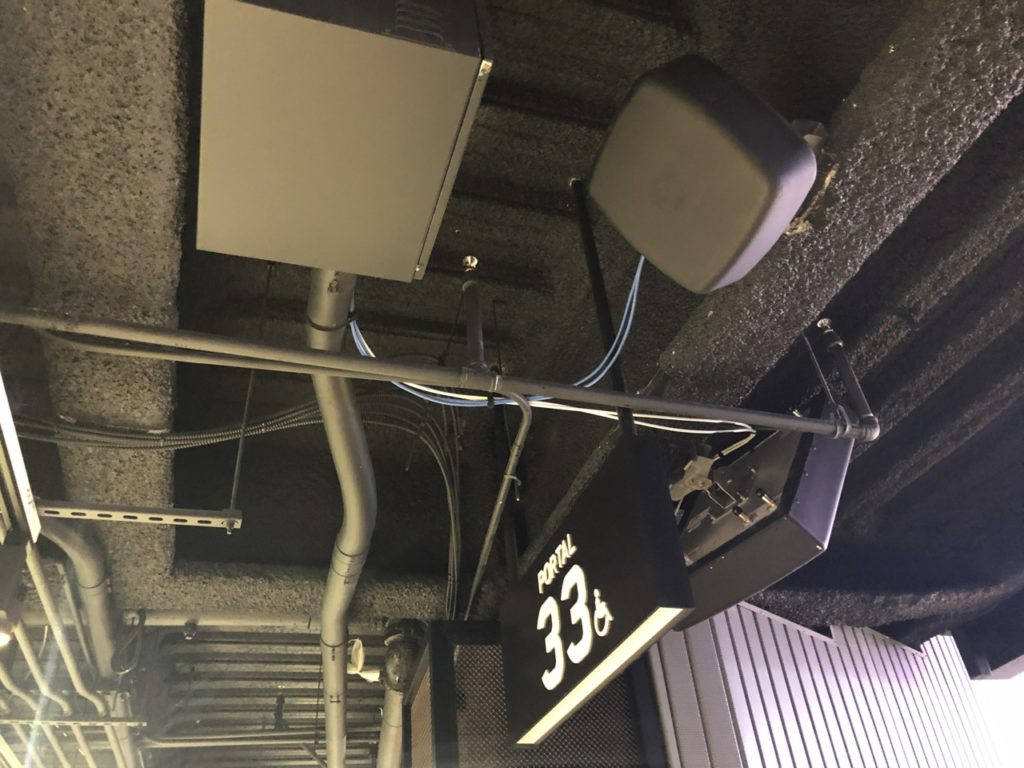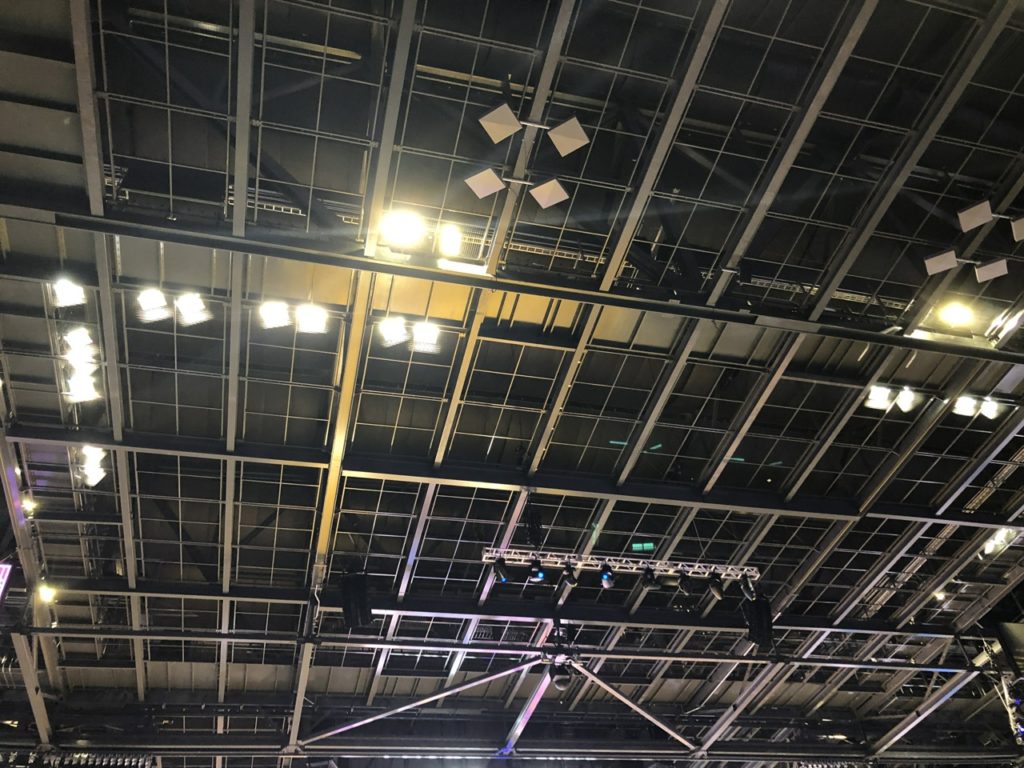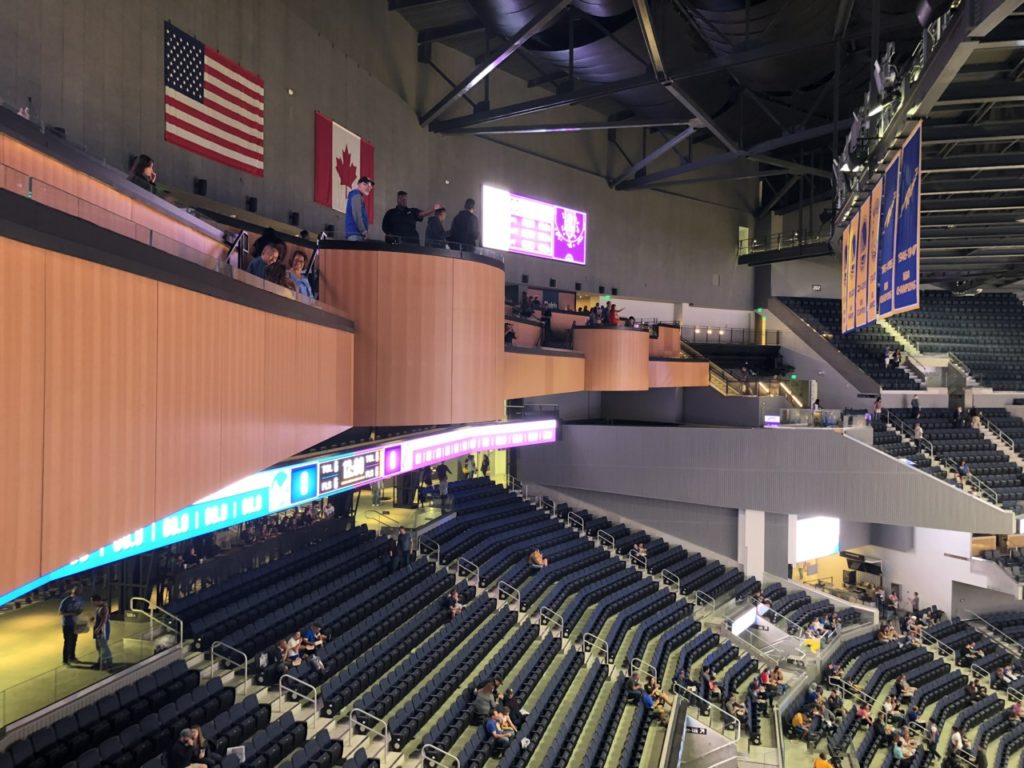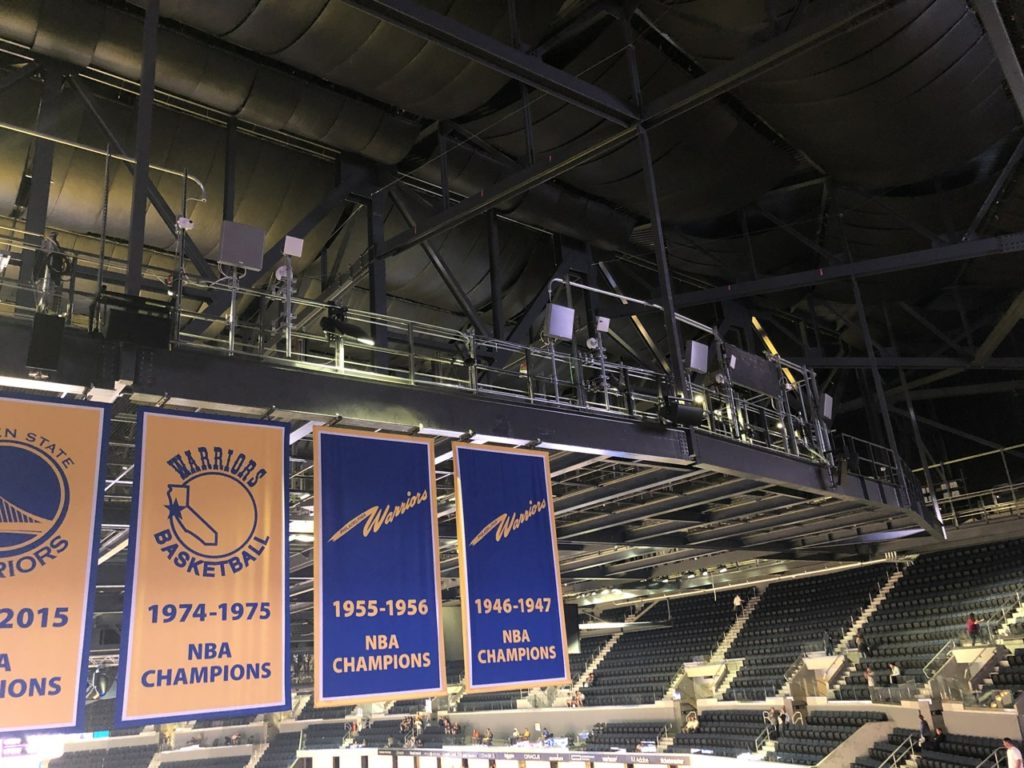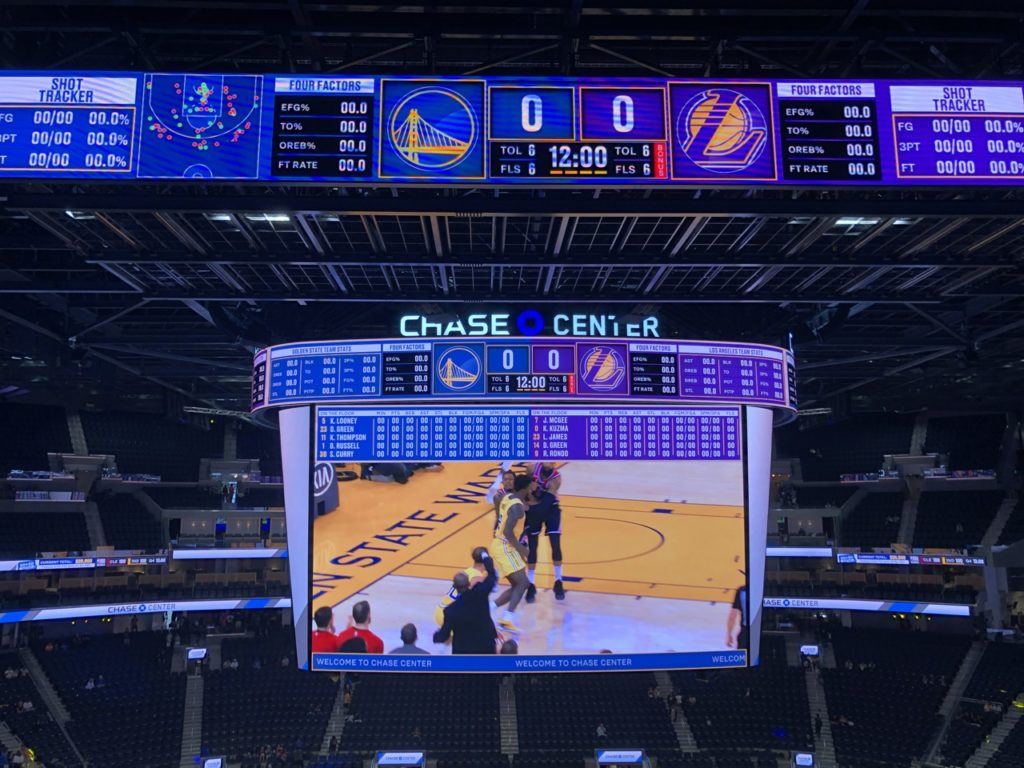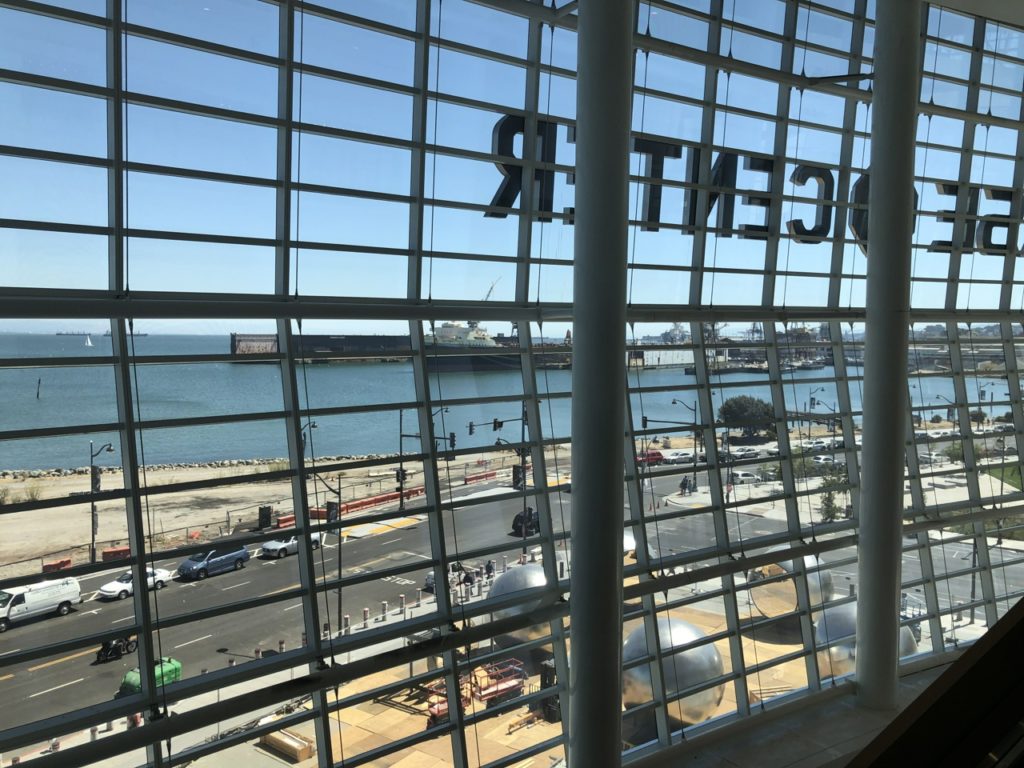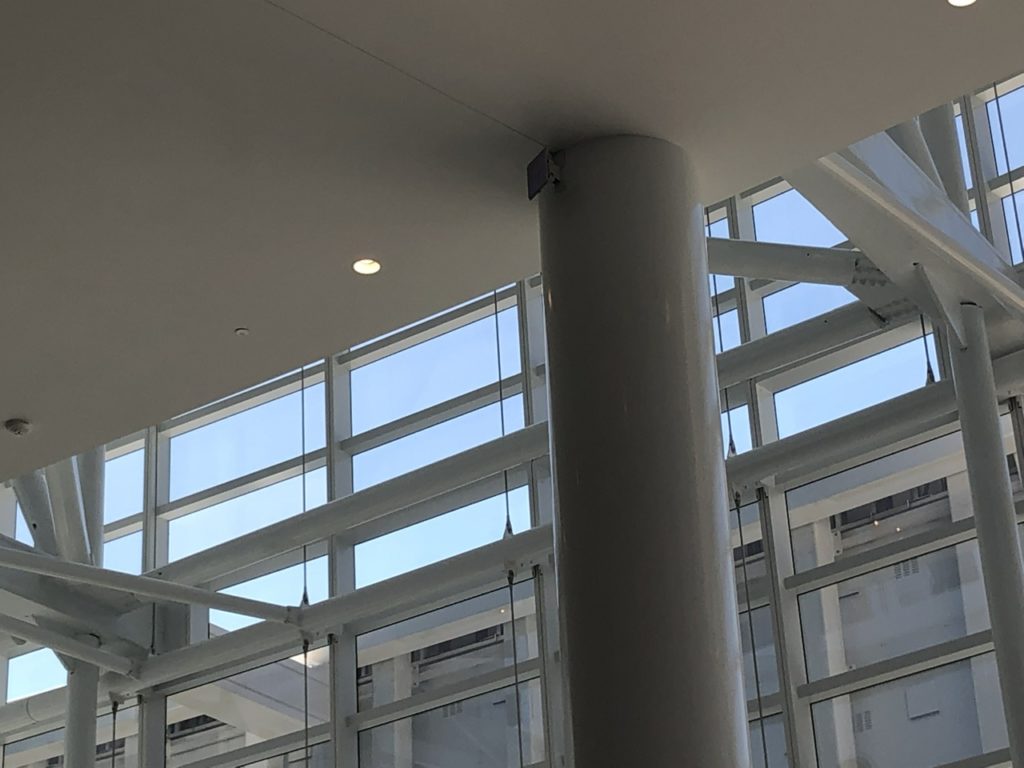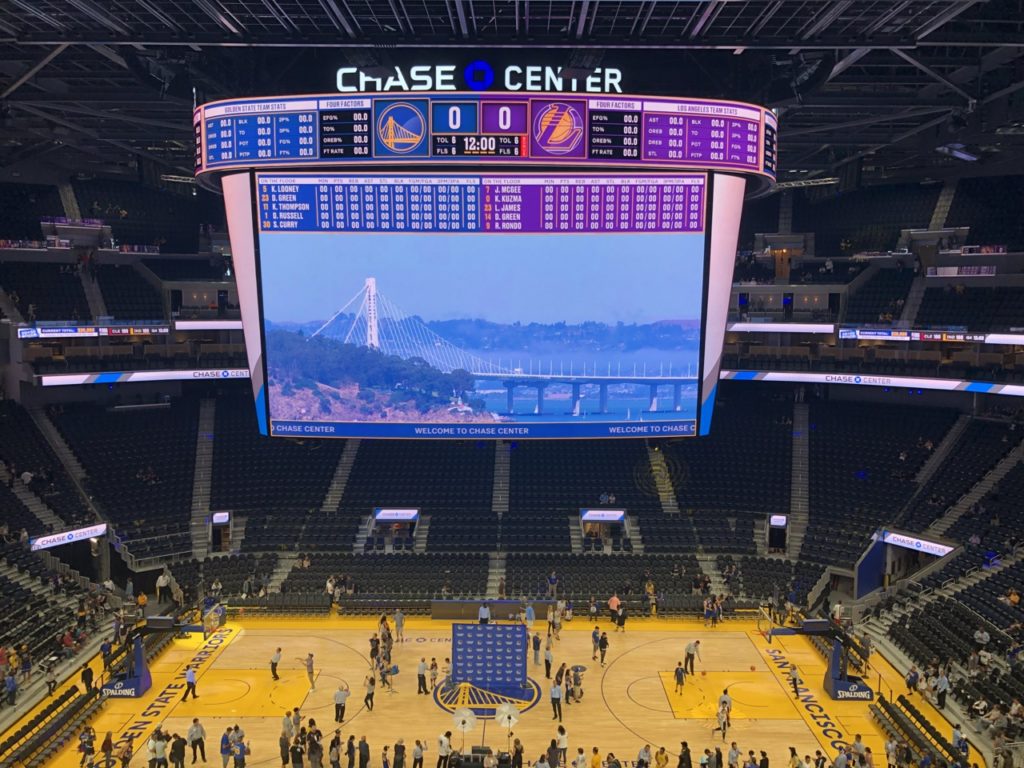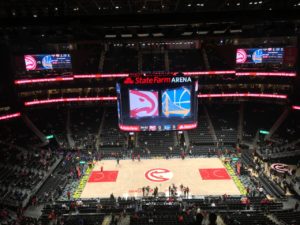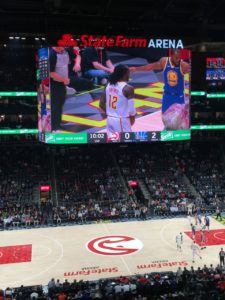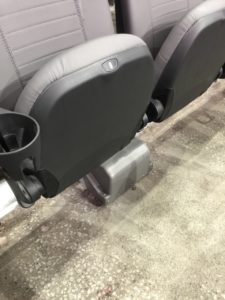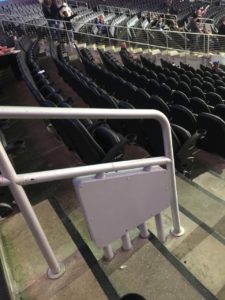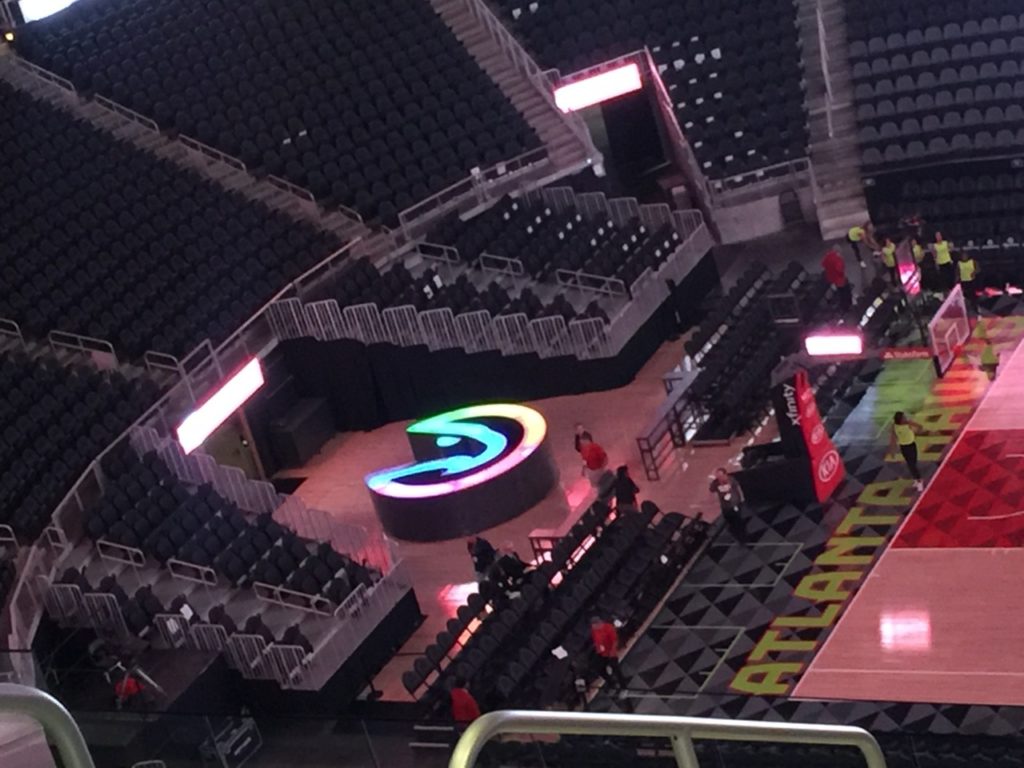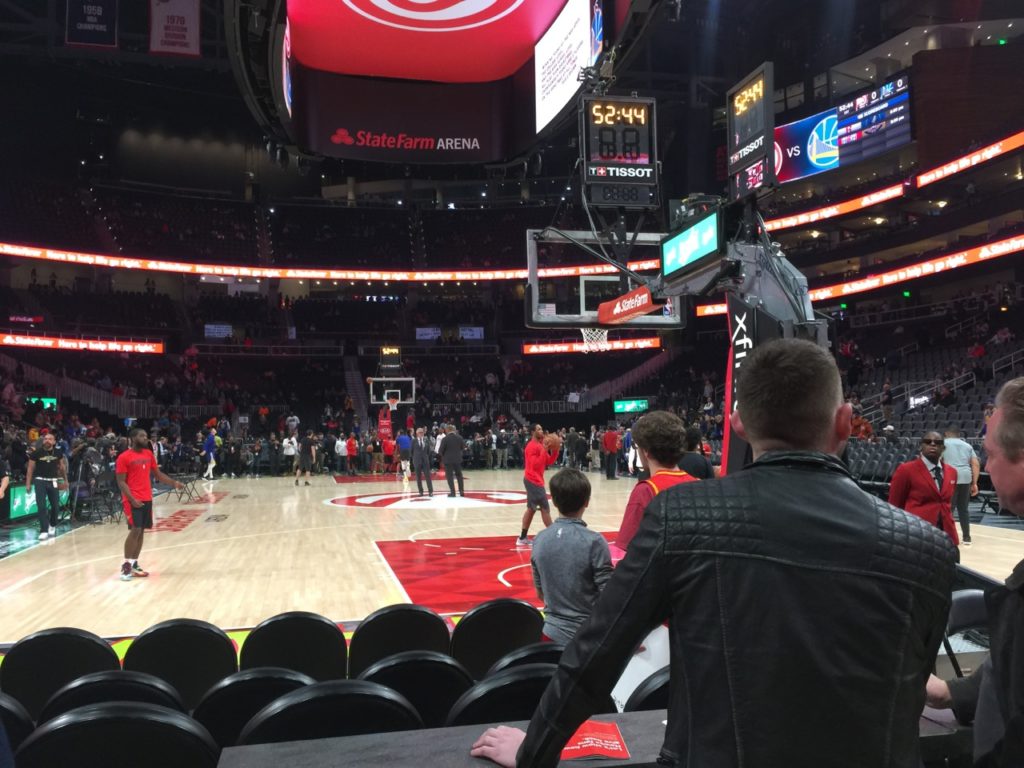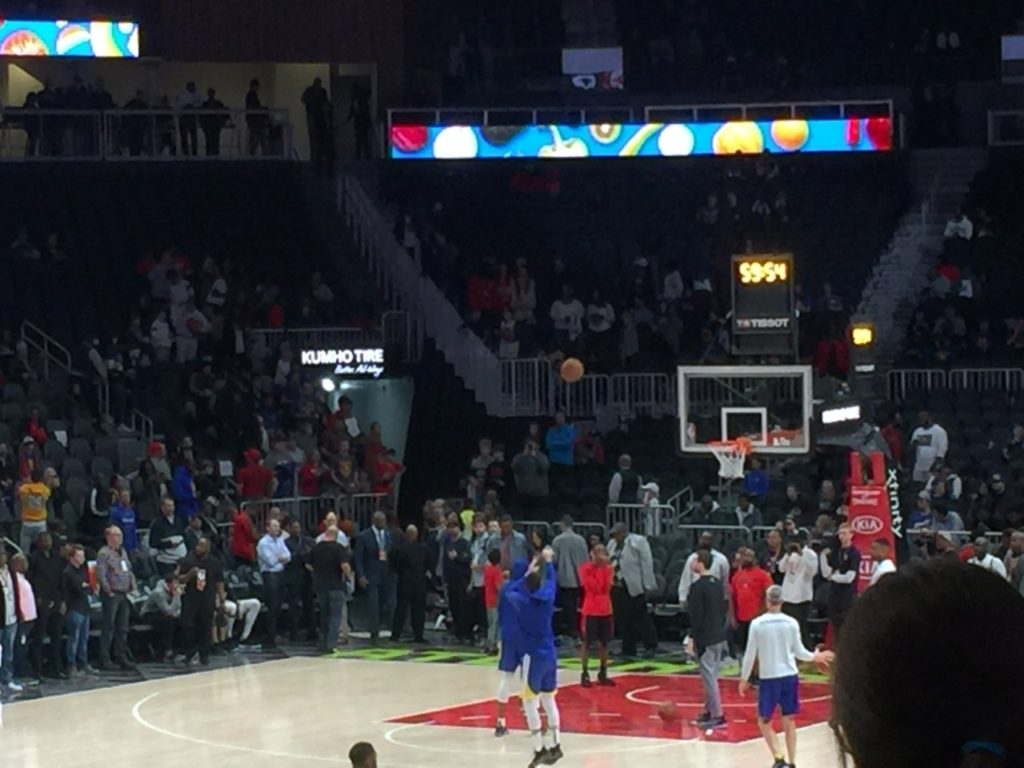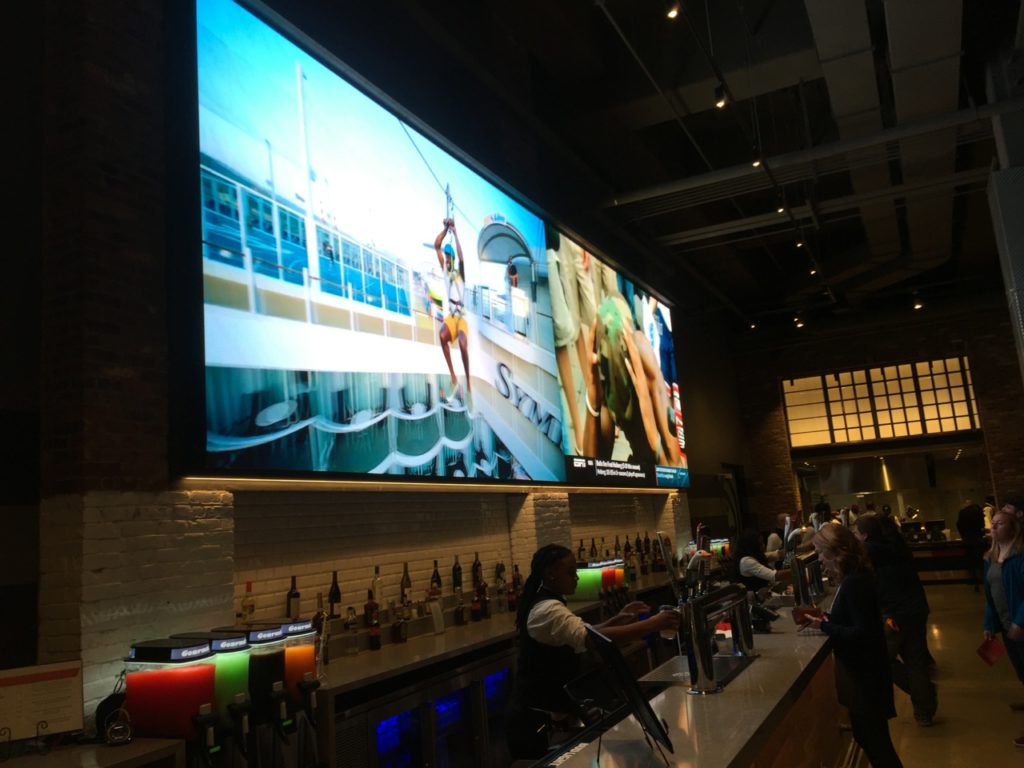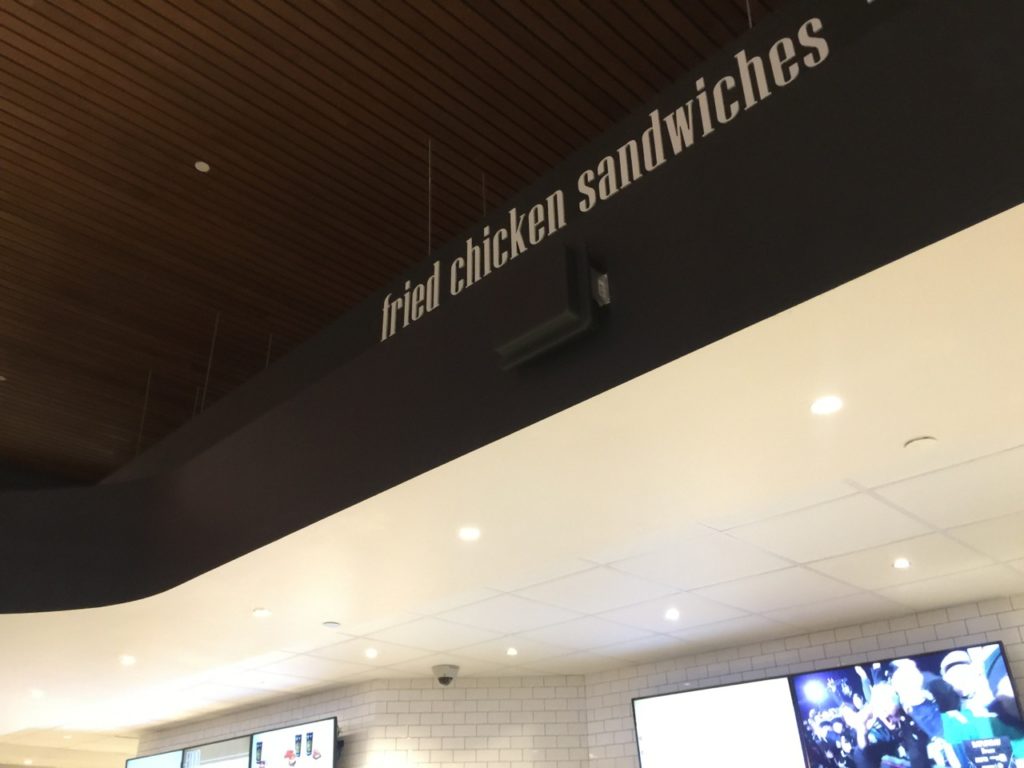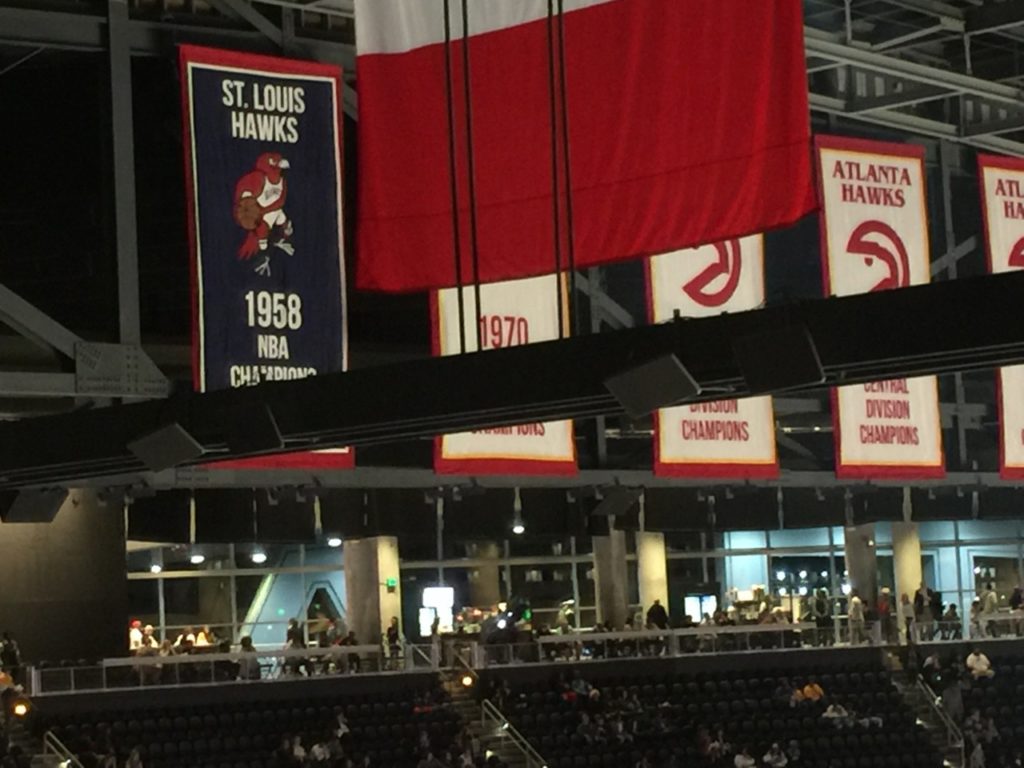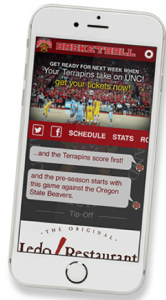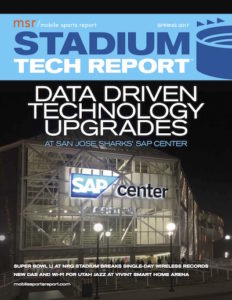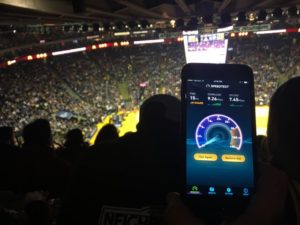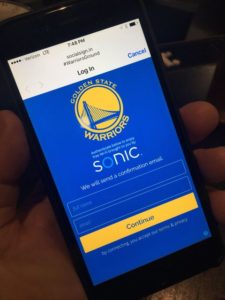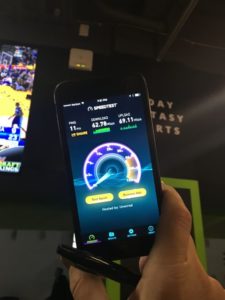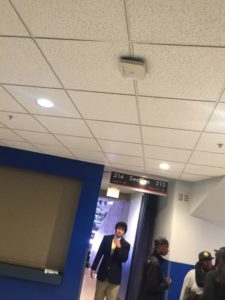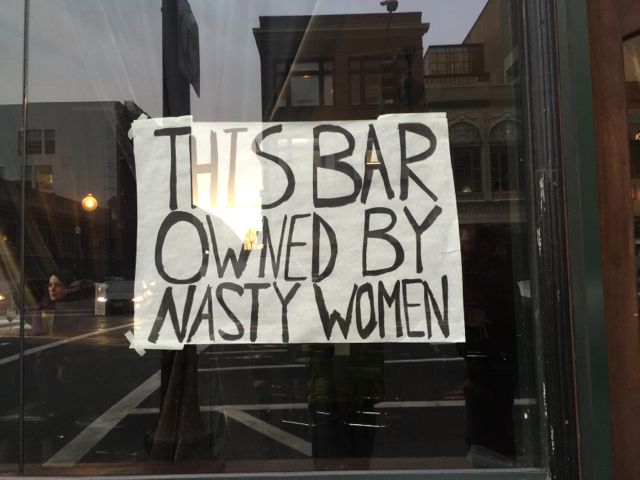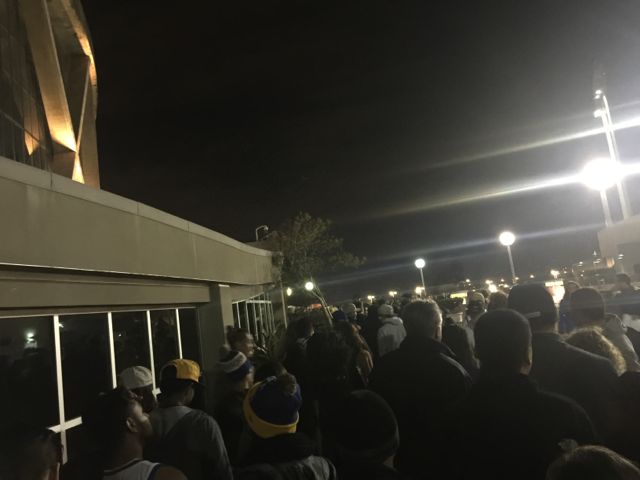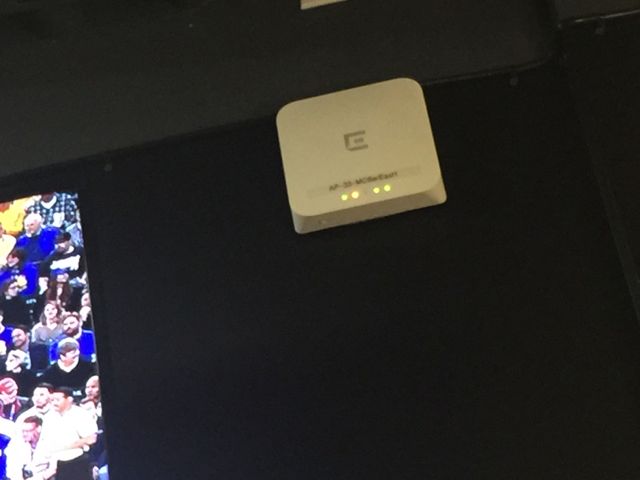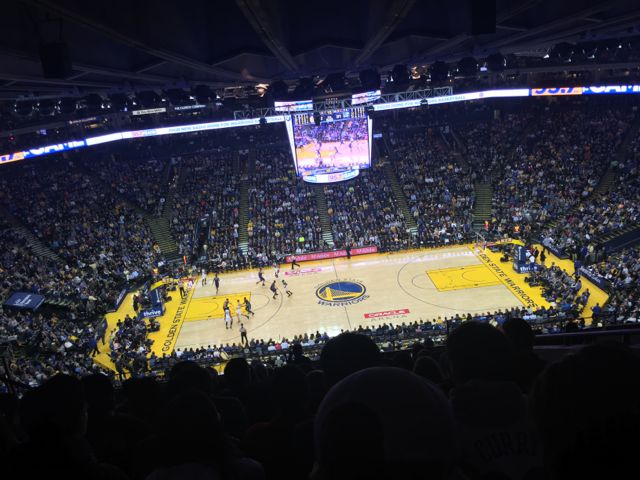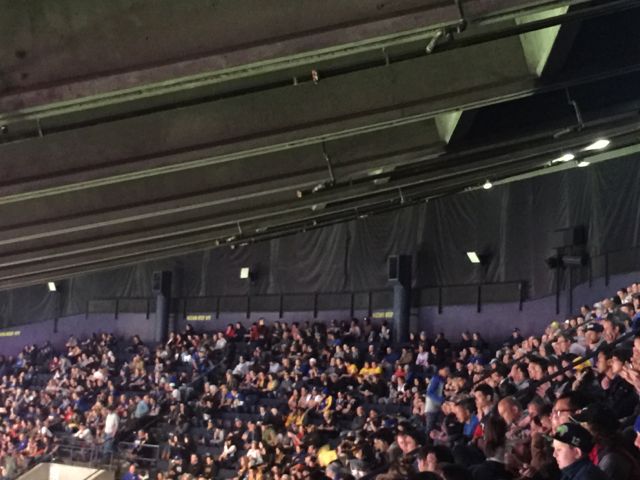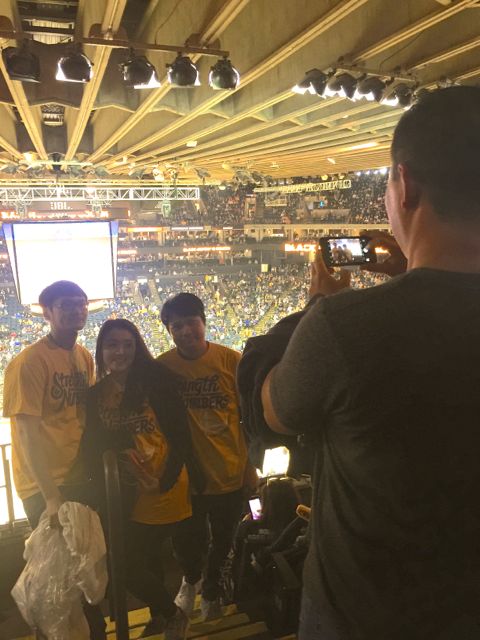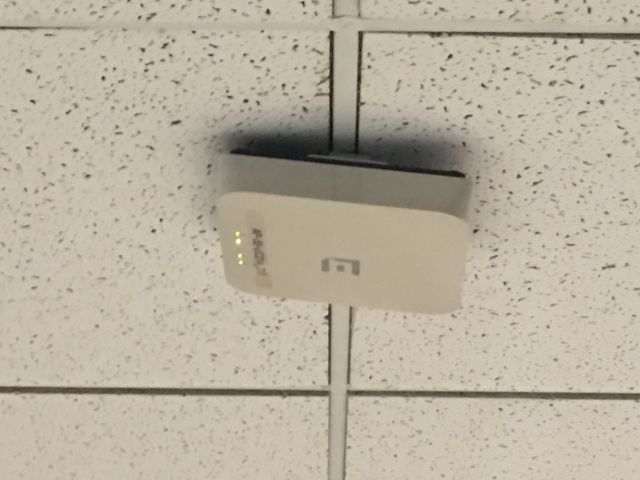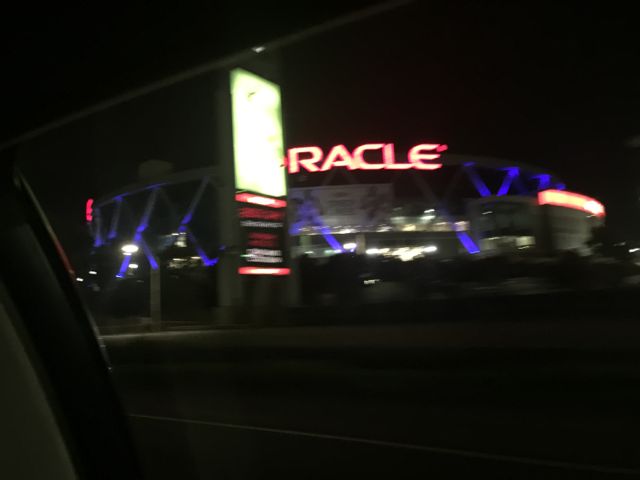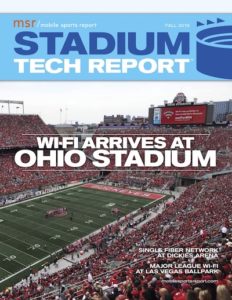 MOBILE SPORTS REPORT is pleased to announce the Fall 2019 issue of our STADIUM TECH REPORT series, the ONLY in-depth publication created specifically for the stadium technology professional and the stadium technology marketplace.
MOBILE SPORTS REPORT is pleased to announce the Fall 2019 issue of our STADIUM TECH REPORT series, the ONLY in-depth publication created specifically for the stadium technology professional and the stadium technology marketplace.
Our latest issue contains an in-person report on the new Wi-Fi 6 network installed at Ohio Stadium, which is already the top collegiate Wi-Fi network in the country, producing record results. This issue also has an in-person profile of the Wi-Fi network at the new Las Vegas Ballpark, as well as a “first look” at Chase Center, the new home of the Golden State Warriors! Download your FREE copy today!
Inside the report our editorial coverage includes:
— An in-depth look at the new Wi-Fi 6 network installed at Ohio State University’s Ohio Stadium;
— An in-person report on the Wi-Fi network at the ‘hottest’ stadium in minor league baseball, the Las Vegas Ballpark;
— A look at the single, converged fiber network infrastructure at the soon-to-open Dickies Arena in Fort Worth;
— A “First Look” at the Chase Center, the new home of the Golden State Warriors.
Download your free copy today!
We’d like to take a quick moment to thank our sponsors, which for this issue include Mobilitie, JMA Wireless, Corning, Boingo, MatSing, Cox Business/Hospitality Network, Connectivity Wireless, and American Tower. Their generous sponsorship makes it possible for us to offer this content free of charge to our readers. We’d also like to welcome readers from the Inside Towers community, who may have found their way here via our ongoing partnership with the excellent publication Inside Towers. We’d also like to thank the SEAT community for your continued interest and support.
As always, we are here to hear what you have to say: Send me an email to kaps@mobilesportsreport.com and let us know what you think of our STADIUM TECH REPORT series.
